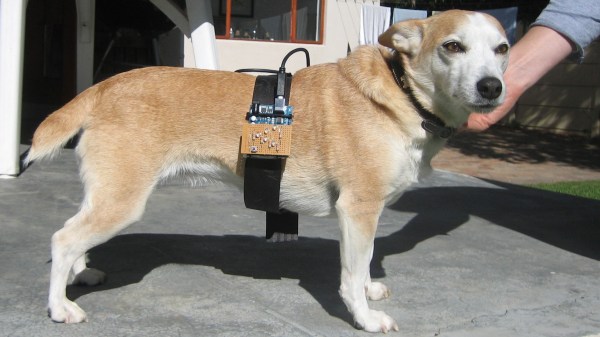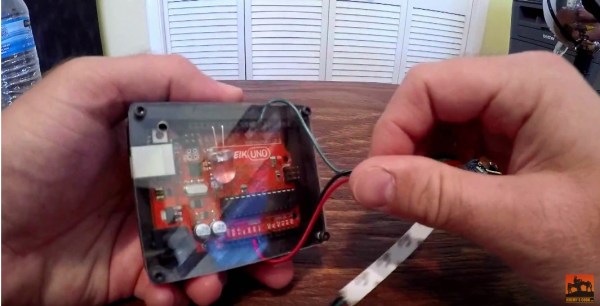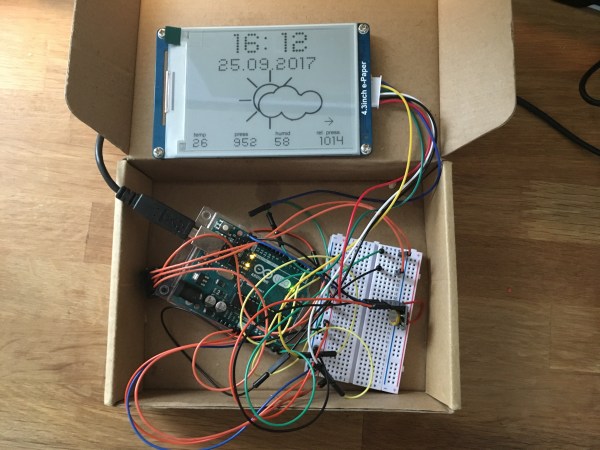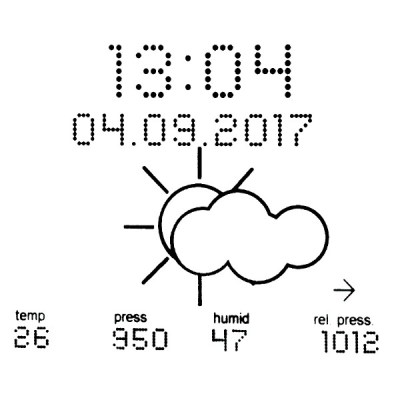There are some debates that split the world down the middle. Serious stuff: M&Ms, or Smarties*? Yes, the two chocolate beans may bear a superficial resemblance to each other, but you’re either a Smartie lover, or an M&M lover. No compromises.
[Maximusvo] has sensibly dodged all questions of brand loyalty in his text if not in his images even though it’s obvious what kind of confectionery he’s working with in his candy vending machine. The hard-shell chocolates are loaded into a hopper, from which a colourful cascade is released onto a scale. When the desired weight has been accumulated, it is tipped into a drawer for the hungry recipient.
Behind it all is an Arduino with a motor to release the beans, a load cell to weigh them, and an LCD display to give a status report. A motor vibrates the chute to ensure they move down it, but as can be seen in the video demo below the break it’s not doing an entirely successful job. There is an external buzzer to indicate delivery, and aside from the wooden construction of the machine there are 3D printed parts in the scale.
Continue reading “Get Your Smarties Or M&Ms From A Vending Machine”








 [Fandonov] has created
[Fandonov] has created 








